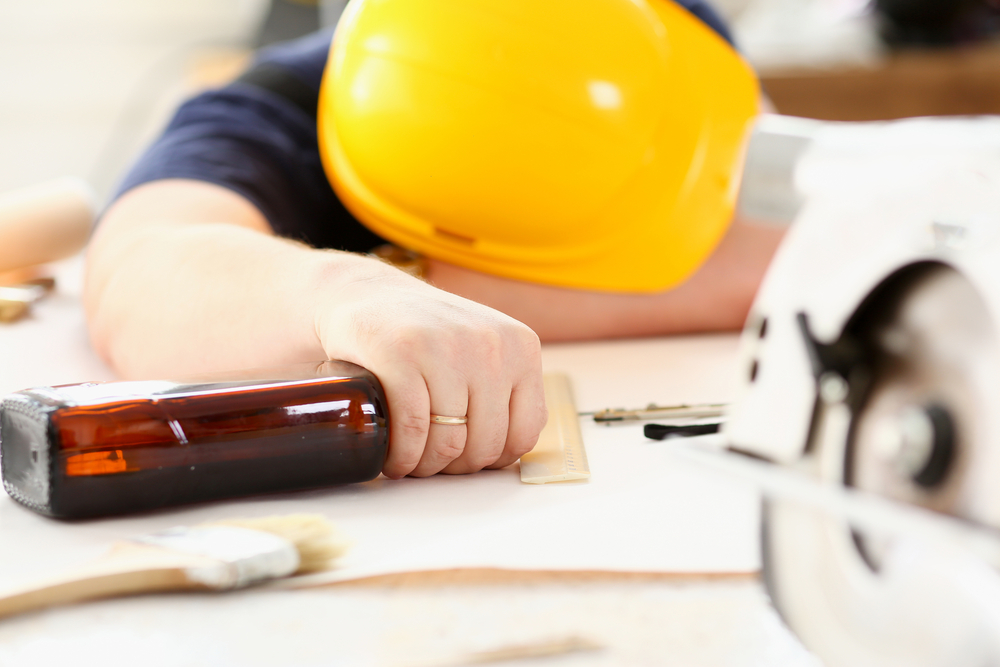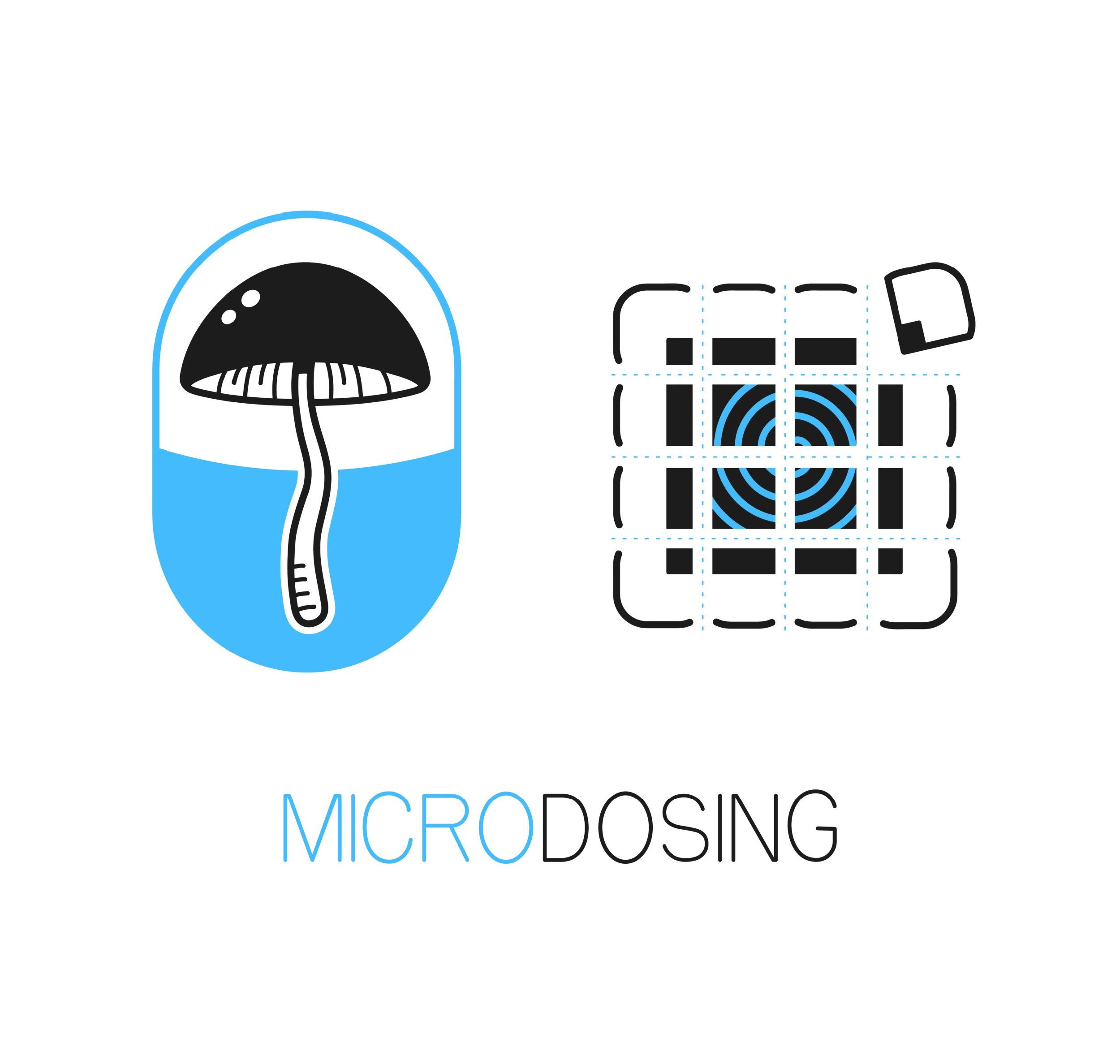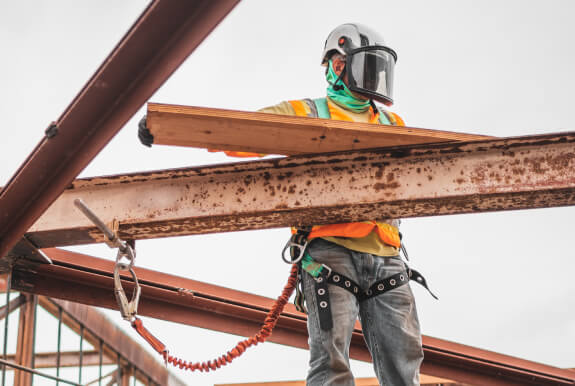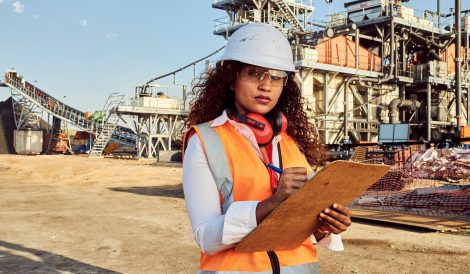For a while, the construction industry was booming, with ~11.4 million workers by 2019 according to the National Institute of Occupational Safety and Health. That number equated to a 25% increase in jobs from just eight years prior. But economic factors have negatively impacted the entire industry in recent years, slowing projected growth to around 2.8% through 2031. That’s not good news for most companies, but the upside is that now is the perfect time for employers to review and update workplace drug and alcohol policies.
Drug and alcohol-related accidents at a construction site can lead to severe injuries, fatalities, equipment and property damage, work stoppage, lawsuits, and reputational nightmares. Employers must do everything possible to prevent such incidents, while also respecting the legal rights of their employees. Sometimes that can get tricky, but it is in the best interests of companies to understand those intricacies and get it right.
Construction Industry Safety Stats
It’s no secret that the construction industry has some of the highest rates of work-related accidents, injuries, and fatalities out of all industries. In 2020, there were a reported 1,008 construction industry worker fatalities, which amounted to “21 percent of all fatal occupational injuries for that year.” In other words, over 1 in every 5 workplace deaths happened in construction.
There were an additional 174,100 nonfatal injuries and illnesses that same year. Of those, a large portion was caused by falls, slips, and trips, according to the Bureau of Labor Statistics. In such a dangerous line of work, where good coordination is crucial, companies must ensure their employees are performing their duties with full attention and alertness. This means making sure workers aren’t coming in impaired.
See our blog on Impairment Recognition in the Workplace for more info.
Any slight impairment from drug or alcohol use can mean the difference between a mishap-free duty day and a day where someone gets hurt – or worse. And because construction projects involve numerous workers and sometimes occur in public areas, one person’s mistake can cause several persons to be harmed. Yet even if a post-accident investigation reveals that only one impaired worker’s actions caused the accident, the employer can still potentially be on the hook if they didn’t take proactive measures to ensure a drug and alcohol-free workplace. In other words, if an employer isn’t diligent and an impaired worker hurts themselves or someone else, both parties could be liable.
Construction Industry Drug and Alcohol Stats
A few years back, Caterpillar put out a disturbing article called Sobering Facts About Substance Abuse in Construction. In it, they noted that “the construction industry has more drug and alcohol abuse than any other sector except for hospitality and food service.”
The article went on to note that 16.5% of construction workers sellf-reported as heavy drinkers, 11.6% reported using various drugs (including cocaine, methamphetamines, and opioids), and 14.3% admitted they were addicted to either alcohol or drugs.
So, to recap – construction is one of the most dangerous of all industries, and its workers have some of the highest drug and alcohol abuse rates.
Sound like a recipe for disaster? You bet! And because employers in the construction industry are well aware of these issues, that’s all the more reason why they must have rock-solid policies in place that will help ensure employees stay unimpaired by drugs or alcohol while at work.
Alas, workplace drug and alcohol testing policies can be a touchy subject. Employers may sometimes feel like they’re forced to walk a fine line between complying with OSHA and state regulations regarding such testing, and rules aimed at protecting workers’ rights. Nevertheless, it’s something that must be done and done right every time.
How Drugs and Alcohol Impair Workers and Cost Businesses
Per the Substance Abuse and Mental Health Services Administration (SAMHSA), “Federal agencies have established specific drug-testing requirements for industries that perform safety and national security roles.” Some construction jobs may fall under this umbrella, but others may not. Either way, construction-related companies need to have drug and alcohol testing policies in place.
Depending on the circumstances, employers may require drug testing on the following occasions:
- Pre-Employment Testing
- Random Testing
- Post-Accident Testing
- Reasonable Suspicion Testing
- Follow-Up Testing
- Fit-For-Duty Testing
OSHA rules regarding post-accident testing have, in the past, been a cause of some confusion. In particular, employers weren’t sure about 29 CFR § 1904.35(b)(1)(iv), “prohibiting employers from retaliating against employees for reporting work-related injuries or illnesses.”
The concern was if an impaired worker had an accident and came forth of their own accord to report it, that worker might complain that they’re being “retaliated” against if the employer asked them to take a drug test. So OSHA put out additional guidance to reassure employers that “Action taken under a safety incentive program or post-incident drug testing policy would only violate 29 CFR § 1904.35(b)(1)(iv) if the employer took the action to penalize an employee for reporting a work-related injury or illness rather than for the legitimate purpose of promoting workplace safety and health.”
Clear as mud, right?
Even with their “clarifications,” OSHA and other agencies can still make it difficult for employers to know what is expected of them. Rather than worrying about doing the wrong thing, we encourage companies to consult a third-party service provider to review their existing policies and help revise them or create new ones that are in strict accordance with federal and state mandates.
With troublesome trends such as microdosing at work, the rise of commercial CBD usage, new forms of THC-containing products on the market (that bypass state laws), and the ongoing opioid epidemic, employers certainly have their hands full trying to maintain drug-free workplaces. But it’s imperative they do so, to protect workers, bystanders, property, and their own business reputations.




